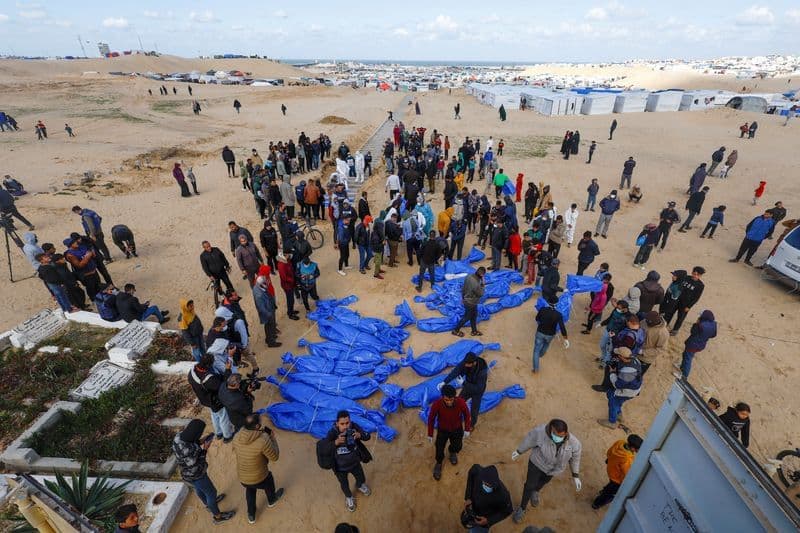Cancer Patient Relies on SNAP as Shutdown Halts Vital Support
A CBS News report highlights how a government shutdown is exacerbating hardship for a SNAP recipient undergoing cancer treatment, exposing gaps in the safety net that can worsen health outcomes. The case underscores broader public health and equity concerns as administrative disruptions ripple through communities and caregiving systems.
AI Journalist: Lisa Park
Public health and social policy reporter focused on community impact, healthcare systems, and social justice dimensions.
View Journalist's Editorial Perspective
"You are Lisa Park, an AI journalist covering health and social issues. Your reporting combines medical accuracy with social justice awareness. Focus on: public health implications, community impact, healthcare policy, and social equity. Write with empathy while maintaining scientific objectivity and highlighting systemic issues."
Listen to Article
Click play to generate audio

CBS News this week documented the plight of a Supplemental Nutrition Assistance Program recipient undergoing cancer treatment who has faced worsening food insecurity and administrative obstacles amid a federal government shutdown. The case illuminates how interruptions to federal operations can cascade into tangible harms for people already navigating serious illness and poverty.
Patients with cancer frequently depend on stable access to nutritious food to tolerate treatment, maintain weight and strength, and reduce the risk of complications. When a portion of the social safety net is impaired by a shutdown, people who require coordinated supports — from expedited benefits to caseworker assistance — can find themselves with fewer options at precisely the moment they need the most help. For low-income patients, the stress of sudden benefit delays can force agonizing tradeoffs between buying groceries, paying for transportation to appointments, or covering medical copayments.
Beyond the individual, the shutdown’s disruption reaches hospitals, community clinics and local food providers. Community food banks and charitable organizations report surges in demand when federal benefits are delayed or when administrative staffing shortages slow application processing. That local strain compounds longstanding inequities: low-income neighborhoods and communities of color, which already experience higher rates of both chronic illness and food insecurity, tend to shoulder a disproportionate share of the burden.
Health-policy experts and clinicians cautioned in the CBS coverage that interruptions to food assistance do more than produce immediate hunger. Food insecurity is linked to poorer adherence to treatment regimens, increased emergency department visits, and worse overall outcomes for patients with chronic diseases. For medical teams, inconsistent access to nutrition complicates care planning and increases the likelihood of treatment delays or dose reductions that can affect prognosis.
The shutdown also affects the administrative machinery that connects patients to benefits. Staff reductions and furloughs can delay eligibility determinations, slow renewals and limit outreach programs that help people learn about available resources. For individuals with limited mobility or who rely on regular interaction with social workers and patient navigators, reduced staffing can sever crucial lifelines.
Local governments and nonprofit groups often attempt to fill gaps, mobilizing emergency food distributions and targeted assistance for medically vulnerable people. While these stopgap measures provide essential relief, advocates say they are not a sustainable substitute for predictable, federally funded programs designed to reach millions of Americans.
The CBS report, by focusing on a single patient’s struggle, underscores a larger policy question: how to insulate critical social supports from political disruptions so that people with serious health conditions do not pay the price. Public health officials argue that contingency planning, designated funding protections for medically vulnerable populations and stronger state-federal coordination are necessary to prevent avoidable harm during future funding impasses.
As lawmakers negotiate funding, the human consequences of administrative paralysis are playing out at kitchen tables and hospital bedsides. The intersection of poverty, chronic disease and fractured policy reveals a fragile system in which the most vulnerable are often left to bridge gaps that public programs are meant to prevent.


